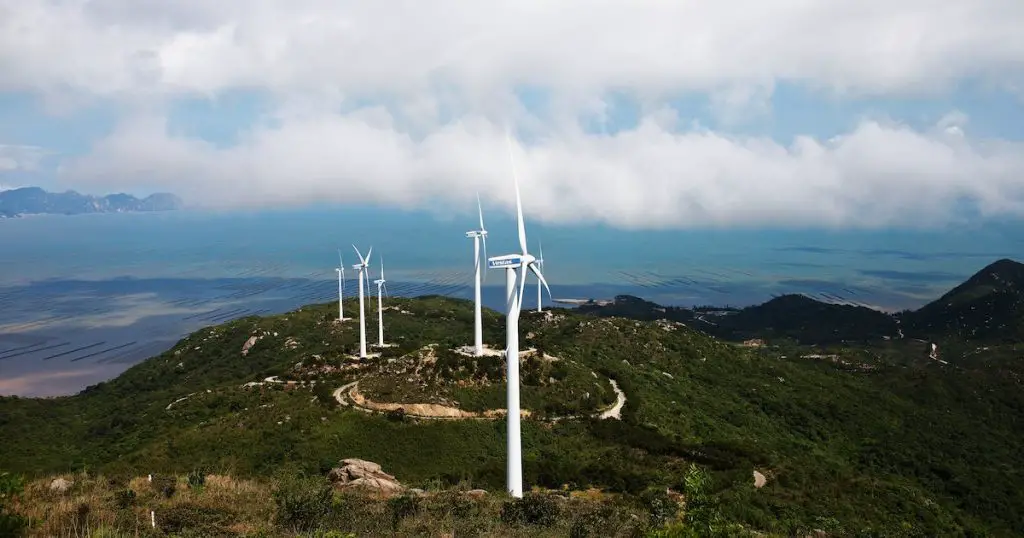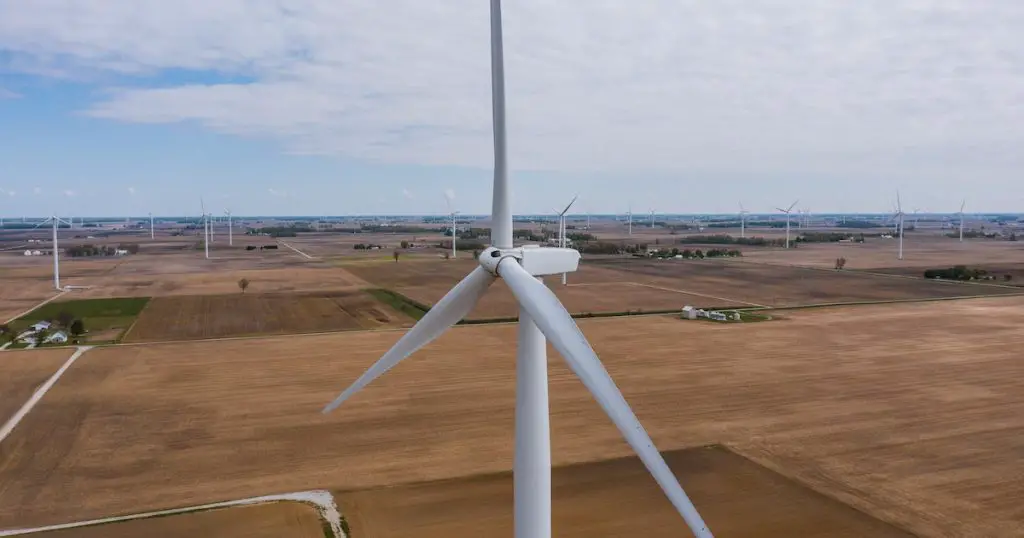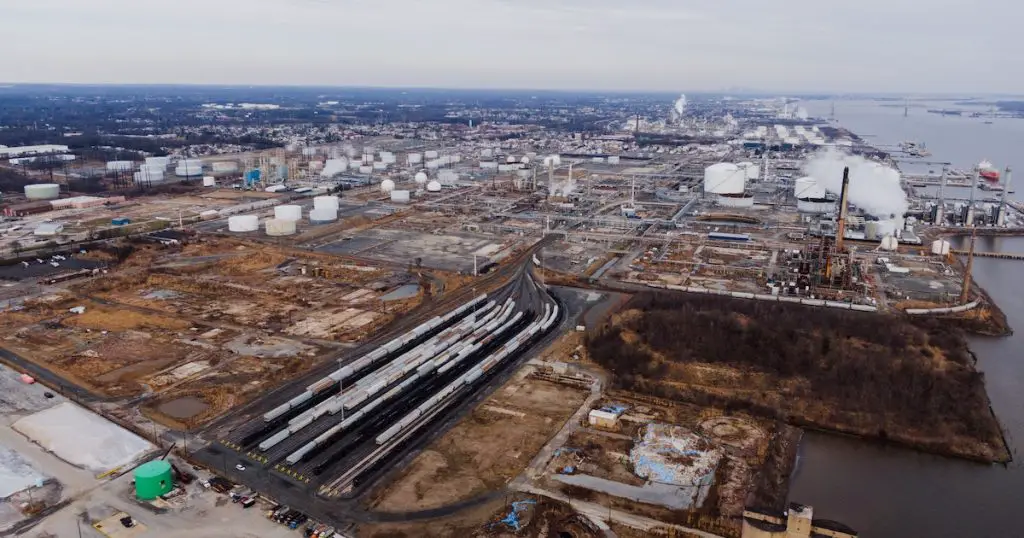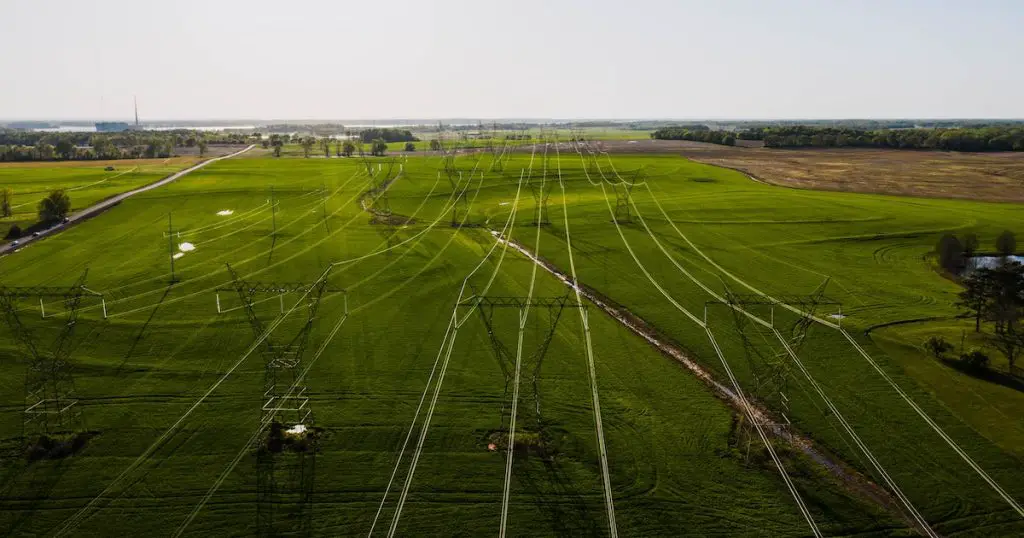Prescott’s climate is unlike any other in Arizona. Known for its mild temperatures and unique seasonal variations, it presents a fascinating case study for how weather conditions impact energy consumption. Understanding this relationship is crucial for sustainable living, better policy-making, and an enhanced quality of life.

This article aims to explore the impact of Prescott’s climate on energy use in various facets of daily life, from residential to commercial and even agricultural sectors.
A Glimpse into Prescott’s Climate
Prescott is renowned for its moderate climate, a contrast to the often harsh conditions found in other parts of Arizona. It has a mix of hot summers and chilly winters, with temperatures ranging from the 20s to the 90s (in Fahrenheit).
The city experiences four distinct seasons, each with its unique characteristics. Unlike other parts of Arizona like Phoenix, which can get incredibly hot, Prescott maintains a more temperate profile. This makes it a popular destination for those who prefer less extreme weather conditions.
However, it’s essential to realize that this moderation still brings about specific challenges and opportunities in energy consumption.
Historical Background of Prescott’s Climate
Prescott’s climate has remained relatively stable over the years, but like many parts of the world, it has not been entirely immune to climate change. According to the National Centers for Environmental Information, minor shifts in temperature and precipitation have been observed over the past century.
This historical context is vital for understanding how Prescott’s energy needs have evolved. The city’s weather conditions have influenced building designs, the type of crops grown, and even the types of energy resources exploited.
As we move forward into a future with potentially more unstable climate conditions, it’s worth noting that energy needs and consumption patterns may undergo significant changes.
Types of Energy Commonly Used in Prescott
In Prescott, various forms of energy serve different needs. While electricity remains the most widely utilized, other forms of energy, such as natural gas and solar energy, have a significant role.
- Electricity: Powers homes, businesses, and many infrastructural elements.
- Natural gas: Commonly used for heating and cooking.
- Solar energy is growing in popularity due to the abundance of sunshine.
- Traditional heating fuels: Some homes still rely on wood and propane, especially in rural areas.
The diversity of energy types in use reveals that Prescott’s residents have adapted to their unique climate in numerous ways. The choice between these types of energy often boils down to efficiency, cost, and environmental considerations.
How Climate Affects Energy Choices
Prescott’s varied climate conditions have a direct impact on the types of energy that residents choose. For example, during colder months, there is a surge in natural gas usage for heating purposes.
Studies, such as those conducted by the U.S. Energy Information Administration, have shown that regional climate variations can lead to considerable fluctuations in energy consumption patterns. In Prescott, this can mean higher energy bills during extreme temperature months, both hot and cold, making it essential for residents to consider more sustainable and efficient energy options.
The Influence of Temperature
The temperature in Prescott swings between the extremes, especially when you compare winter lows and summer highs. During winter, heating systems are vital, leading to an increase in energy consumption via electricity and natural gas.
In the summertime, air conditioning units work overtime. According to the Department of Energy, heating and cooling account for nearly half of a typical home’s energy usage. By investing in energy-efficient HVAC systems optimized for Prescott’s climate, residents can save substantially on energy costs.
Humidity and Its Impact
While Prescott is not as humid as some other regions, it still experiences periods of increased humidity. This can result in higher usage of dehumidifiers or air conditioning units that can both cool and reduce moisture levels in the air.

Increased humidity can make temperatures feel more uncomfortable, pushing many people to rely more heavily on energy-consuming appliances. The good news is that there are several energy-efficient appliances available today that can help mitigate the cost and environmental impact of combating humidity.
The Importance of Solar Energy in Prescott
Prescott enjoys an average of 277 sunny days per year, making solar energy an increasingly popular choice. Solar panels are not only more sustainable but also have the potential for cost savings in the long run.
The benefits go beyond individual households; a community-wide shift towards solar energy can reduce the overall carbon footprint. However, initial setup costs can be a deterrent, so it’s crucial to consider various financing options for solar installations.
Wind Patterns and Wind Energy
Prescott experiences a range of wind conditions throughout the year. While it’s not known as a particularly windy city, there are enough wind resources to consider the feasibility of wind energy.
Technological advances have made wind turbines more efficient and less obtrusive, providing another avenue for sustainable energy in Prescott. However, issues such as land use and aesthetics remain challenges that need to be addressed.
Water Availability and Hydroelectric Power
Prescott is near several water bodies, such as the Granite Dells reservoirs. While these might seem like prime candidates for hydroelectric power, the reality is a bit more complicated due to issues such as water rights and environmental concerns.
While not a mainstream energy source in Prescott, hydroelectric power has potential if managed sustainably. Future projects could be more feasible if they align with sustainable water management practices.
Policy Considerations
Various policies at both the local and state levels aim to make energy consumption in Prescott more sustainable. These include incentives for solar power installations and energy efficiency improvements in homes and businesses.
Government bodies are continually evaluating and updating these policies to align with the unique needs of Prescott’s climate. It is crucial for residents to stay informed about these policies, as they can offer financial incentives for adopting more sustainable practices.
Case Studies: How Residents are Adapting
Several Prescott residents have turned their homes into examples of energy efficiency. These case studies serve as real-world evidence of how individual choices can lead to significant energy savings.
From installing solar panels to adopting smart home technologies that regulate energy usage, these residents have taken various steps to adapt to Prescott’s climate in an energy-efficient manner. Initiatives like these go a long way in setting the stage for broader community action.
Commercial Implications
Businesses in Prescott also face unique challenges and opportunities when it comes to energy use. From HVAC systems in office buildings to energy-intensive manufacturing processes, the local climate has a direct bearing on commercial energy consumption.

Many companies are beginning to realize the benefits of energy audits and sustainable practices. Not only do these measures contribute to environmental conservation, but they also make good business sense by reducing operational costs.
Agricultural Impacts
The farming sector in Prescott also has its specific energy needs, heavily influenced by the local climate. For instance, irrigation systems are often essential during the drier months, leading to increased energy consumption.
However, there are ways to make agricultural practices more sustainable. Techniques such as drip irrigation and the use of renewable energy sources can mitigate the environmental impact while also leading to cost savings in the long run.
Sustainable Practices for Homeowners
For homeowners looking to reduce their energy consumption, Prescott’s climate offers some unique opportunities. For instance, proper insulation can make a significant difference in keeping homes warm in the winter and cool in the summer.
Energy-efficient windows and doors can also play a vital role in regulating indoor temperatures, reducing the need for excessive heating or cooling.
Another effective strategy is the adoption of smart home technologies. From programmable thermostats to smart lighting systems, these gadgets allow homeowners to manage their energy usage more efficiently. Investing in energy-efficient appliances, particularly those with Energy Star ratings, can also contribute to long-term savings and sustainability.
Future Projections
As we look toward the future, climate change presents a growing concern for energy consumption patterns in Prescott. Local studies suggest that if global trends continue, we may experience more extreme weather conditions, including hotter summers and colder winters.
Given these projections, planning for the future becomes essential. New technologies such as advanced battery storage for solar power or more efficient heating systems can offer solutions that are not just sustainable but also cost-effective in the long run.
Community Initiatives
Several community-based initiatives in Prescott focus on promoting sustainable energy use. Local organizations are partnering with the government to run programs that educate the public on energy-saving methods and even offer incentives for installing renewable energy systems.
Getting involved in these community initiatives can be an excellent way for residents to contribute to a more sustainable future for Prescott. Not only do these programs provide practical solutions, but they also foster a sense of community responsibility and shared goals.
Economic Implications
The economic aspects of energy consumption in Prescott cannot be overlooked. High energy bills can strain household budgets, particularly during months of extreme temperatures. At the same time, shifting towards more sustainable energy options often involves an initial investment.

However, it’s essential to view this transition as a long-term investment. Government grants and incentives can help offset some of these costs. Moreover, the long-term savings, coupled with the environmental benefits, make a compelling case for the switch to more sustainable energy options.
Frequently Asked Questions:
In this section, we will be delving into some of the most common inquiries and curiosities that surround our topic.
What are the most energy-efficient options for Prescott residents?
Solar energy is increasingly becoming a popular choice, given the abundant sunlight. Energy-efficient appliances can also make a significant difference.
How does Prescott’s climate compare to other cities in Arizona in terms of energy use?
Prescott’s more moderate climate often leads to lower energy consumption compared to hotter cities like Phoenix, especially when it comes to cooling.
Are there any grants or incentives for using sustainable energy in Prescott?
Yes, both local and state governments offer various incentives for implementing energy-efficient solutions.
What are some simple changes residents can make to reduce energy consumption?
Insulating your home, investing in energy-efficient appliances, and regular maintenance of HVAC systems can go a long way in reducing energy use.
Conclusion : Impact of Prescott’s climate on energy use
Understanding the impact of Prescott’s climate on energy use is more than an academic exercise; it’s a practical guide to living more sustainably in this unique city. From the types of energy that are most effective and economical, to the specific challenges and opportunities that the local climate presents, Prescott’s residents have a range of options for making smarter energy choices.
As we face the future, these choices will not only affect our wallets but also the world we leave behind for future generations. It’s time to take action and make the most of what Prescott’s exceptional climate has to offer.



Leave a Comment
You must be logged in to post a comment.